The global commodities market is experiencing a seismic shift as geopolitical tensions and supply chain disruptions converge to create what analysts are calling a "perfect storm" for prices. This phenomenon, often referred to as the commodities supercycle, is being amplified by what traders term "geopolitical risk premiums" – the additional costs baked into prices due to uncertainty. Unlike typical market fluctuations, this supercycle appears structural rather than cyclical, with profound implications for inflation, trade balances, and economic growth worldwide.
At the heart of the current supercycle lies a fundamental mismatch between constrained supply and resilient demand. Pandemic-era production bottlenecks never fully resolved, while years of underinvestment in traditional energy and mining projects during the ESG transition created supply vulnerabilities. Now, with the Ukraine war entering its third year and Middle East tensions escalating, markets are pricing in prolonged disruptions. Oil markets tell the story most vividly – Brent crude has developed a persistent $8-12 per barrel "conflict premium" since 2022 that refuses to dissipate even during demand soft patches.
The geopolitical dimension distinguishes this supercycle from previous ones. During the China-driven boom of the 2000s, prices rose primarily on demand fundamentals. Today, Western sanctions on Russian commodities, Houthi attacks on Red Sea shipping, and potential supply chokepoints like the Taiwan Strait are forcing traders to incorporate political risk into pricing models as never before. Copper, essential for electrification, now trades with an implicit "Chilean social unrest premium" after mine disruptions. Similarly, wheat futures reflect not just Ukrainian harvest forecasts but also Black Sea shipping insurance costs that have tripled since the war began.
Financialization of commodities has magnified these effects. The influx of institutional investors treating commodities as an inflation hedge, combined with algorithmic trading strategies that amplify momentum, means geopolitical shocks now trigger faster and more exaggerated price moves than in past cycles. When the US reimposed Venezuela oil sanctions in April, algorithmic systems interpreted the news as part of a broader "deglobalization" narrative, pushing prices up 3% within minutes – a move that might have taken days in previous eras.
Energy markets reveal the supercycle's most complex geopolitical calculus. The OPEC+ alliance, now including Russia, has become both a price stabilizer and political weapon. Saudi Arabia's willingness to maintain production cuts despite US pressure reflects not just oil economics but growing BRICS alignment. Meanwhile, America's record crude exports compete with discounted Russian barrels in Asia, creating parallel markets that undermine traditional pricing mechanisms. This fracturing of the global energy order means volatility spikes now occur along geopolitical rather than purely supply-demand lines.
The green transition adds another layer of complexity. Metals like lithium and cobalt essential for batteries now exhibit "strategic premium" pricing as nations scramble to secure supplies. China's export controls on germanium and gallium last year demonstrated how technology competition could disrupt specialty metals markets. Even within friendly blocs, tensions emerge – the US Inflation Reduction Act's local content requirements have triggered EU complaints about diverted investments, potentially fracturing what should be united demand for green commodities.
Agricultural markets face their own geopolitical perfect storm. Climate change has reduced crop buffer stocks globally just as the Ukraine war disrupted one of the world's breadbaskets. India's abrupt wheat export ban in 2022 and subsequent rice restrictions revealed how food security concerns now routinely override market principles. The "grain corridor" collapse has forced Middle Eastern and African nations to pay premiums for longer shipping routes, while Russian wheat exports benefit from wartime logistics networks. Unlike oil, where alternatives exist, staple crop shortages quickly translate into political instability – as seen in recent protests across developing nations.
The supercycle's duration hinges on whether current geopolitical fractures heal or deepen. Some analysts believe reshoring and friend-shoring could eventually ease supply concerns, as seen in semiconductor investments. Others warn that bifurcated supply chains may become permanent, sustaining higher base costs. The critical unknown remains whether major powers can compartmentalize economic competition from broader confrontation – a test that will play out in commodities markets before anywhere else.
For businesses, this environment demands unprecedented supply chain agility. Traditional just-in-time inventory models struggle with unpredictable logistics costs, while long-term contracts now require political risk clauses. Some manufacturers are adopting "geopolitical hedging" – maintaining parallel suppliers across geopolitical blocs despite higher costs. The premium for resilient sourcing may become a permanent cost of doing business in this new era.
Investors face equally stark choices. Commodities now offer inflation protection but carry unprecedented event risk. The 2022 nickel short squeeze, where prices jumped 250% in hours due to war-related positioning, demonstrated how quickly geopolitics can override fundamentals. Pension funds and insurers are quietly increasing allocations to physical assets like farmland and mines as geopolitical insurance – even if returns lag financial assets during calm periods.
Ultimately, this supercycle represents more than typical boom-bust dynamics. It reflects a world where economic and national security concerns have become inseparable. The geopolitical premiums now embedded in commodity prices may decline during periods of détente, but they're unlikely to disappear entirely in our increasingly fragmented world. As one veteran trader remarked, "We used to worry about the weather and strikes. Now we war-game Taiwan scenarios before taking positions." That mindset shift may be the supercycle's most lasting legacy.

By /Jun 3, 2025
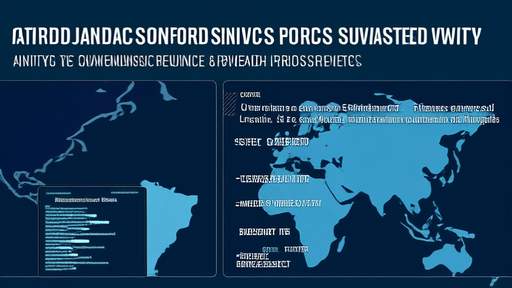
By /Jun 3, 2025

By /Jun 3, 2025

By /Jun 3, 2025

By /Jun 3, 2025

By /Jun 3, 2025
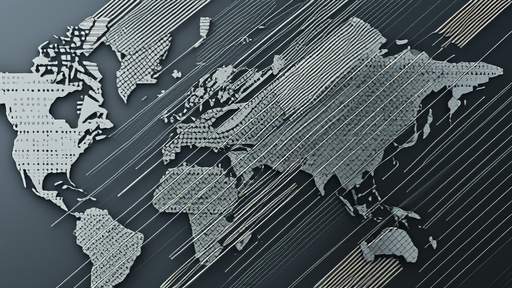
By /Jun 3, 2025

By /Jun 3, 2025

By /Jun 3, 2025

By /Jun 3, 2025

By /Jun 3, 2025

By /Jun 3, 2025

By /Jun 3, 2025

By /Jun 3, 2025
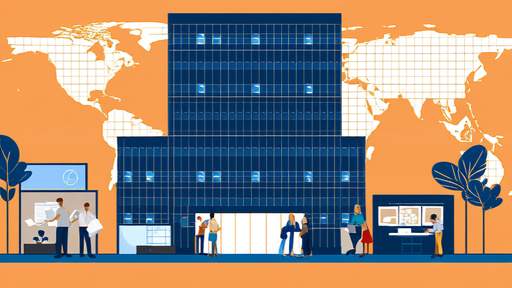
By /Jun 3, 2025

By /Jun 3, 2025
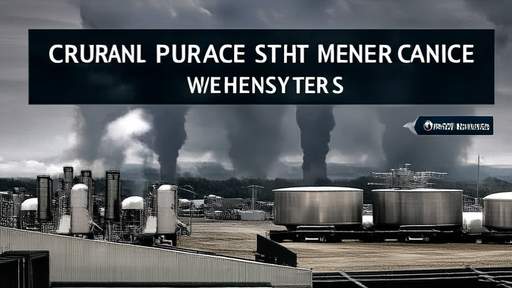
By /Jun 3, 2025
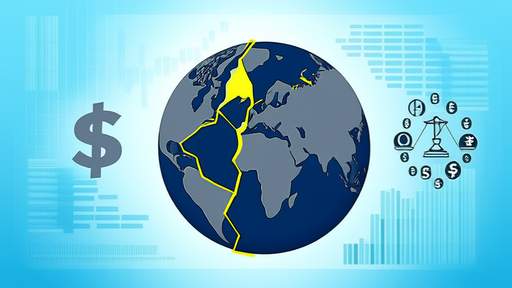
By /Jun 3, 2025

By /Jun 3, 2025
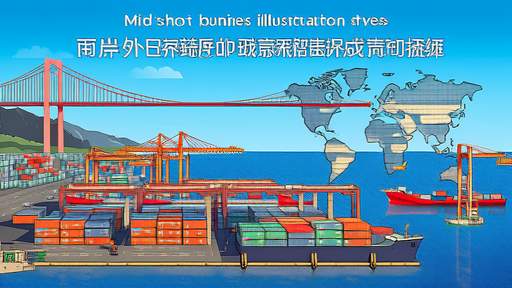
By /Jun 3, 2025